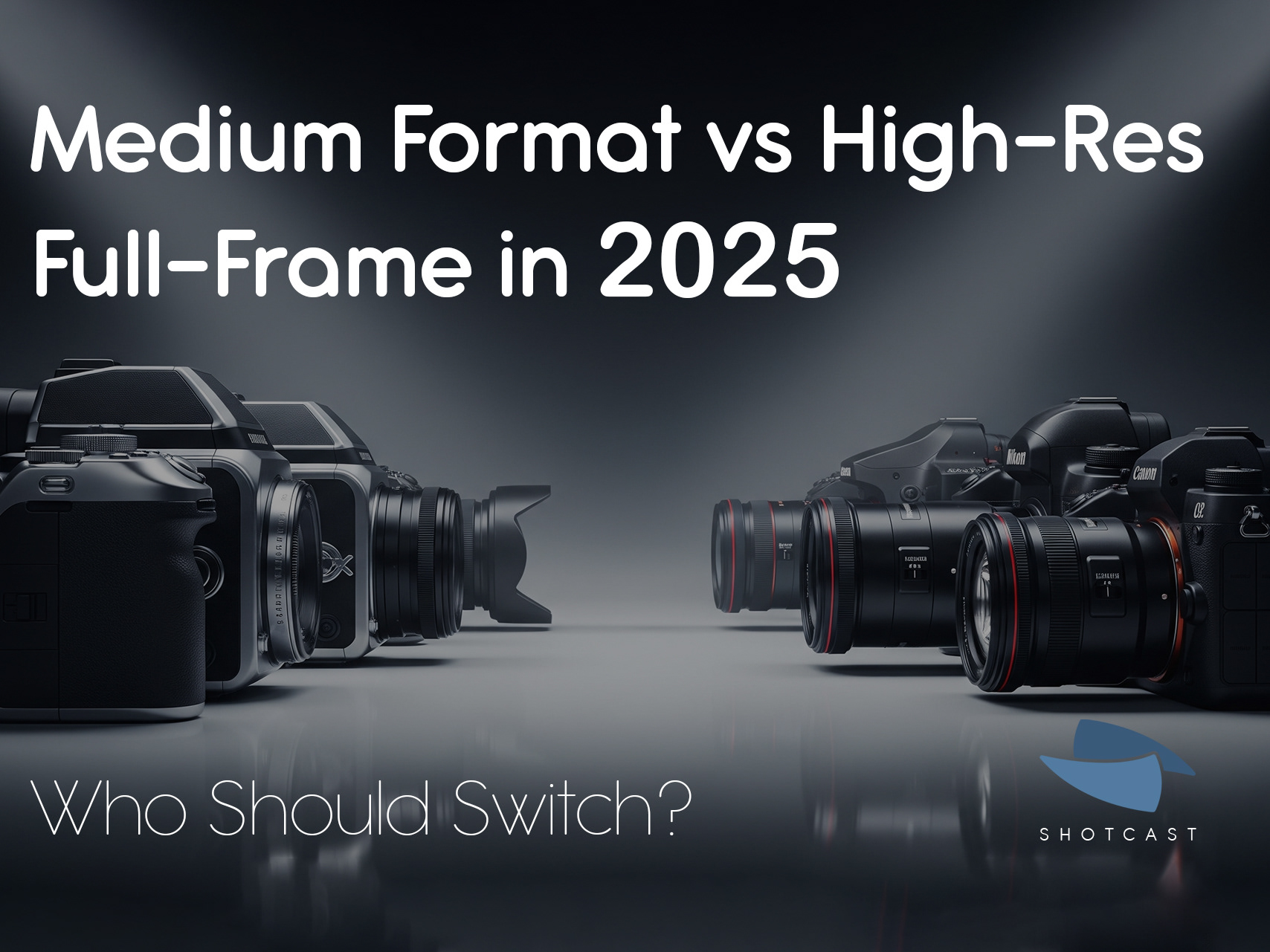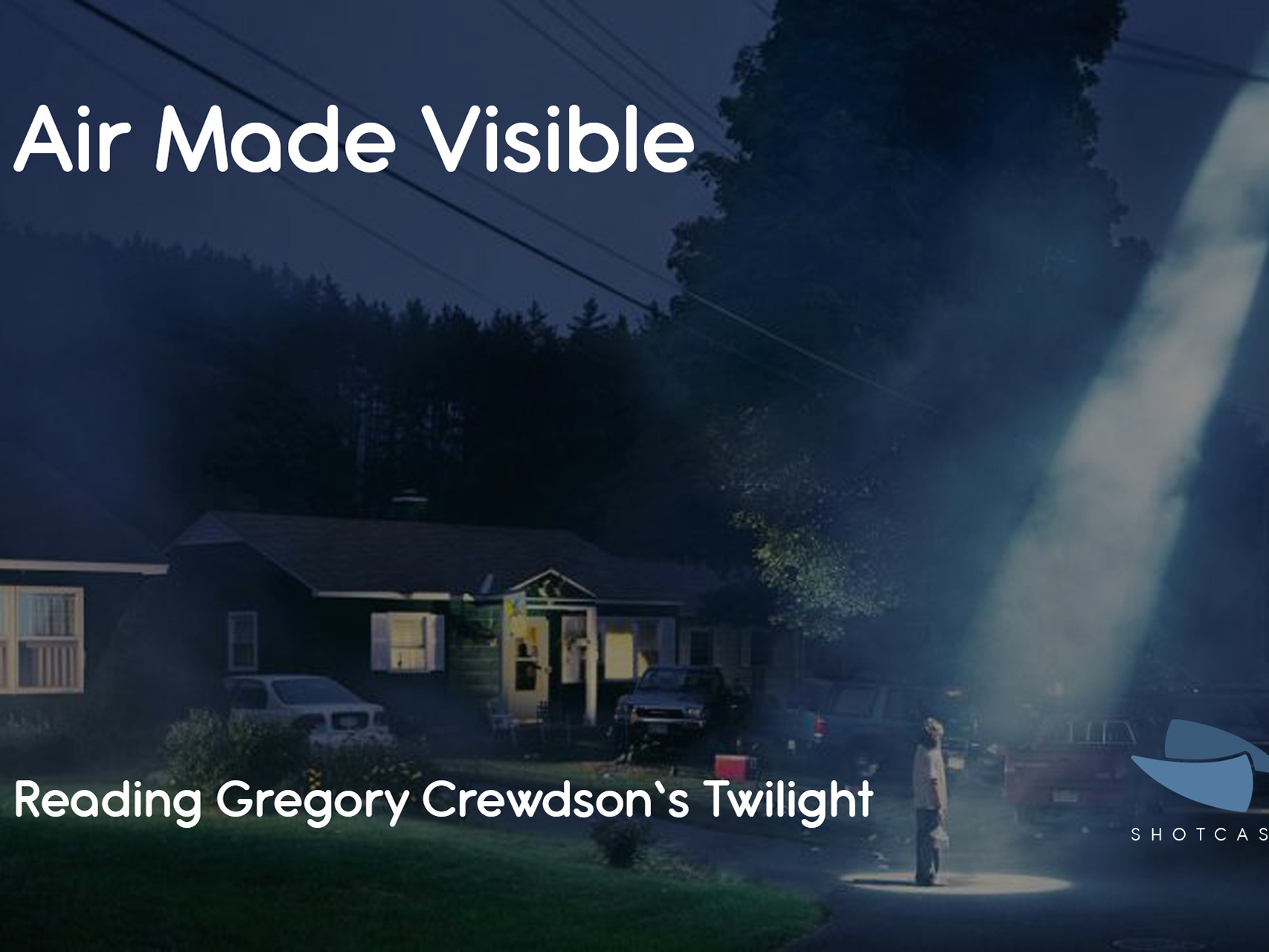How to Master Visual Density in Product & Industrial Photography
ShotCast Insight #5
“If your shot feels like a ‘Where’s Waldo?’ — you’ve lost control.”
We live in the scroll era: attention is shallow, fleeting. If your visual frame is dense, noisy, overstuffed — the eye doesn’t read it, it flees. In ShotCast-inspired commercial & industrial photography, the real artistry is in sculpting what stays, not piling on more. This piece leans into how you can use ShotCast thinking—density control, visual pruning, guiding the gaze—to make visuals that land hard and clear.
1. What “Visual Density” Really Means (and Why It Kills Conversions)
Visual density = the number of meaningful “things” the viewer must mentally parse during the first seconds: objects, textures, reflections, lighting transitions, text overlays, logos, props. Too many, and you introduce cognitive noise.
From cognitive psychology, decorative but irrelevant visuals raise extraneous cognitive load without adding real value. Also, in visual interfaces, adding highlight elements can shift attention—but if the whole canvas is noisy, overall focus suffers.
In ShotCast methodology, you think of your image like a broadcast mosaic: many pixels, but coherent signal. Your goal is to let the signal (product, message) shine through the noise.
🔗 Types of Cognitive Load You Can Tame
Intrinsic load — the complexity of the subject itself (say, a gearbox full of cogs)
Extraneous load — distractions around it (messy cables, reflections, clutter)
Germane load — visual scaffolding that helps interpretation (guiding lines, contrast, scale cues)
Your design muscle: slash extraneous, elevate germane.
2. How to Sense When You’re Overloaded (A Mental Gauge)
Here’s a framework (not formula) you use in your mind as you compose:
VD = (O + T + H) / S• O = object / prop count • T = tonal/contrast shifts • H = highlight zones (glints, specular pops) • S = signal strength (how clearly your main subject stands out)
High VD = too dense. You want to push down O and T, keep H minimal, and push S up.
In ShotCast terms: fewer conflicting “pixels,” clearer broadcasting of your product.
3. Techniques to Turn Chaos into Visual Control
• Layer Separation & Depth
Use shallow depth-of-field or controlled masking so background “noise” recedes. Let each layer have space.
• Embrace Negative Space
White space or dark shadow areas aren’t “waste”—they’re visual breathing zones. Especially around the hero.
• Intentful Props
Every prop must serve scale, contrast, narrative—no extras just “because.” In a ShotCast style, each pixel should matter.
• Specular Discipline
Reflective materials are seductive—but wild brights distract. Shape your reflections into lines or accents that support, not steal.
• Color & Tonal Contrast to Prioritize
Don’t rely just on brightness. Use color contrast (product hue versus muted environment) to lift your hero forward.
• Visual Pathways
Use lines, edges, perspective convergences to guide eyes to the subject. Avoid crossing cues that pull the gaze sideways.
• Smart Overlay Text
If you must place text (feature, tagline, price), integrate it—don’t let the viewer jump between image and text. Split-attention is a killer of clarity.
4. Visual Sketch + Sample Flow (Where You Drop Your Images)
Here’s a suggested layout you can adopt in your article:
Hero Shot (Clean Frame) — minimal props, strong subject contrast
Layered Build (Foreground / Mid / Background) — show how clutter recedes
Highlight Zoom (Specular / Detail) — little inset
Before vs After (Dense vs Tamed Frame) — side-by-side
Path Overlay Sketch — arrows showing how eye moves
When you write, refer to them: “In the ShotCast version above, notice how the highlight line draws your gaze to the screw head.”
5. Call to Play: Your Next Move
Choose one of your recent shots. Mentally count O, map tonal shifts (T), highlight zones (H), and evaluate S.
Re-shoot or re-edit it with one subtraction (remove a prop, simplify lighting, mute background).
Post a Before/After with your audience. Let them guess what “pixel” you removed in ShotCast style.
Written by Arman Abbasi



